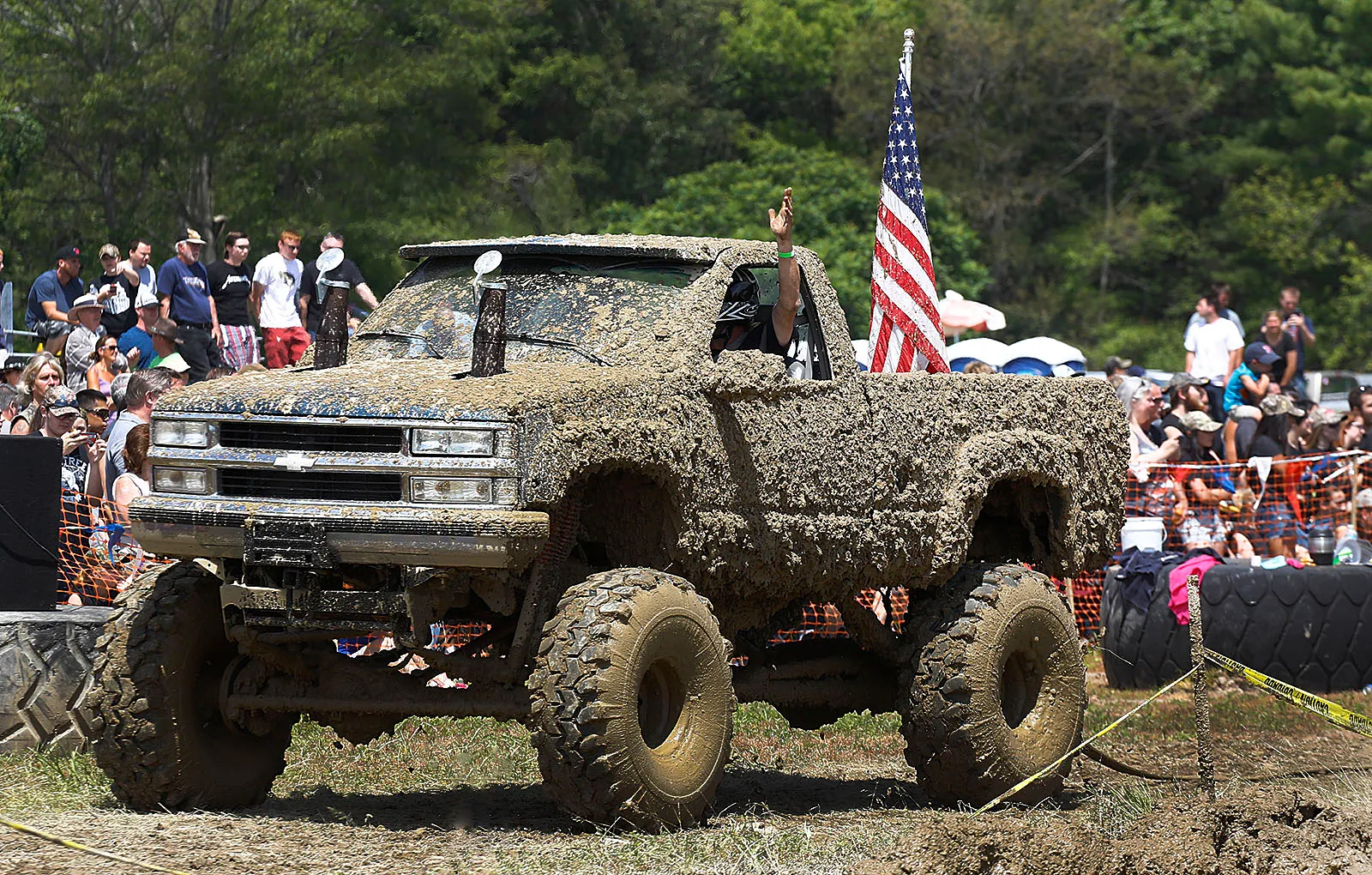
Mud bogging is a popular hobby among off-road enthusiasts, providing them with an enjoyable yet challenging way to spend their free time. While mud bogging may seem harmless enough at first, its potential danger should never be taken lightly.
Mud trucks require large tires, plenty of power, and an adequate suspension that can cope with their rough ride.
Lightweight
When we think of mud racing, our minds often wander to an image of some redneck navigating their way through a massive pit of sticky mud with cheers from spectators lining the track. Or perhaps our thoughts drift to powerful trucks equipped with massive lifts racing through thick mud while jumping enormous hills.
But to compete effectively, you don’t need a mega truck; even smaller, simpler vehicles are just as fast and capable of keeping pace.
Ford Ranger or GM B2 pickup trucks equipped with 6-cylinder engines and steep gear ratios make excellent mud racers. “These vehicles have enough power to break things and skim across the top,” according to Farmer.
Mud racers looking to increase the competitive edge of their trucks often switch from a stock transfer case to an open unit, reducing weight by switching out. Furthermore, manual steering may prove easier for them as opposed to pump-driven hydraulic systems that siphon power away from an engine when spinning tires at high speeds.
Suspension
Off-roaders understand the value of suspension. It helps drivers maneuver over bumps and imperfections without losing control, and also reduces tire and axle strain that could otherwise cause wear-and-tear on other components.
Chemically speaking, suspension is defined as an heterogeneous mixture containing particles large enough for sedimentation and light scattering properties; an example would be paints where dyes have been suspended in turpentine oil.
An effective suspension system is key when driving your mud truck across obstacles, helping to maintain traction even on steep climbs and provide balance when turning around Nashua or Hudson. If your vehicle shakes when turning corners or when taking corners at speeds greater than 20mph it could indicate that its suspension system is no longer evenly distributing weight or absorbing impacts; driving such an unstable vehicle should not be done unprotected; it must be repaired immediately in order to be safe for driving purposes.
Tires
Experienced enthusiasts know nothing can beat the exhilaration of driving through rugged landscapes on a truck. But to do it safely requires choosing appropriate tires; mud tires provide superior traction and handling that standard all-season or off-road tires cannot provide.
Quality mud tires feature deep, aggressive treads with wider voids to quickly expel muddy dirt from their paths, while reinforced sidewalls for added strength and puncture resistance. Most importantly, however, they should meet your truck’s load rating requirements.
Keep in mind that mud-terrain tires were made for off-road conditions and not highway speeds, not highway speeds. High speeds can damage these tires and tear up their tread patterns quickly; to maximize longevity and fuel efficiency use them only on dirt or mud trails. If necessary for driving on highways consider switching out for all-terrain tires with less aggressive tread patterns to help minimize noise, bouncing, fuel efficiency, smooth ride quality as well as fuel economy.
